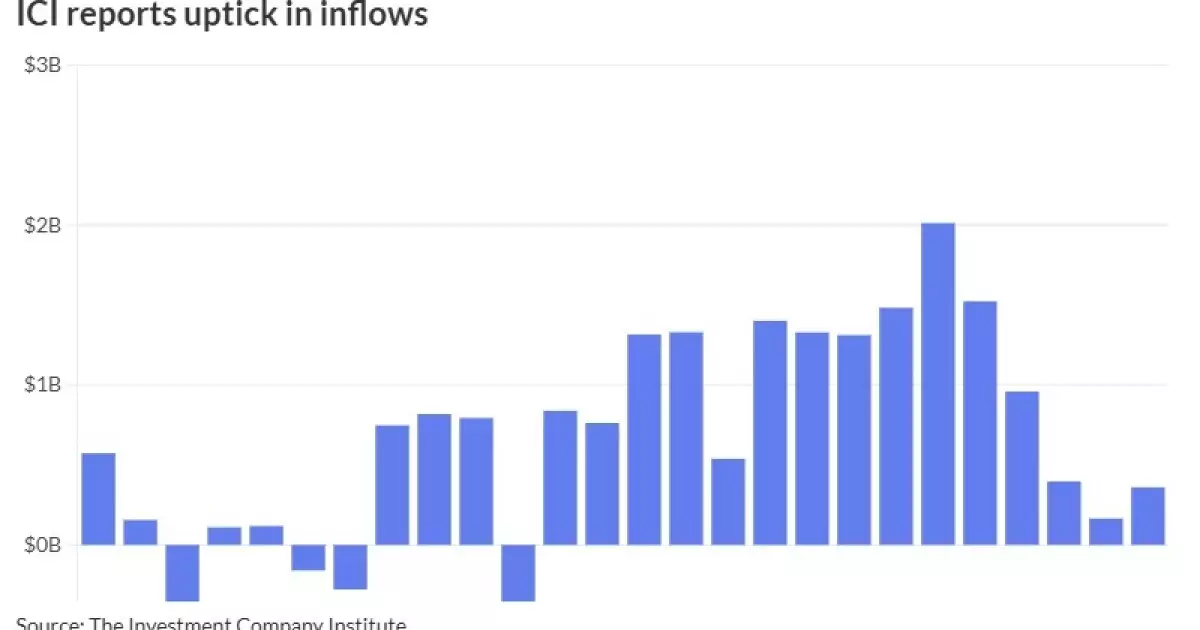Municipal bonds have shown remarkable resilience despite the volatility in the U.S. Treasury market. Recent data indicates that municipal secondary trading has not significantly influenced the yield curves of triple-A rated municipal bonds, which have managed to outperform their Treasury counterparts. Yield movements in the municipal sector have remained minimal, while U.S. Treasuries have faced losses ranging from three to four basis points along the curve. This phenomenon reflects a broader trend where municipalities maintain stability, even amidst external pressure from treasury yields.
Importantly, the ratios comparing municipal bonds to U.S. Treasuries have nudged lower with recent reports showing the two-year municipal yield at 61%, marking a modest shift. The five-year, ten-year, and thirty-year ratios hovered around 62%, 66%, and 82% respectively. These ratios, reported by sources like Refinitiv Municipal Market Data and ICE Data Services, indicate a sustained appetite for municipal securities. Investors are showing preference for these bonds, likely influenced by their relatively robust performance compared to treasuries.
The municipal bond market appears to be buoyed by consistent inflows into bond mutual funds, as noted by the Investment Company Institute reporting a significant $360 million influx for the week ending November 13. This marks the 14th consecutive week of inflows, showcasing a growing investor confidence in municipal securities. While exchange-traded funds (ETFs) exhibited a lower figure of inflows at $351 million this week, the overall performance is also noteworthy compared to the same period in the previous year.
The continuous inflow into municipal fund mandates suggests a diversification strategy among investors, likely driven by a “hunt for yield.” Investment-grade municipal bonds have drawn attention, presenting a year-to-date return of about 1.63%, as opposed to U.S. Treasuries which are registering a modest -0.40% return for November. These trends emphasize how the municipal market is evolving and attracting traditional investors who are seeking more favorable returns amidst a challenging economic backdrop.
Despite the relative stability of municipal bonds, the high-yield market has seen noticeable declines this year, presenting an intriguing dichotomy. According to fixed-income experts, there remains a commitment among buyers to engage with this sector. The importance of outright purchases and mutual fund conduits cannot be understated, as they play a critical role in maintaining interest in high-yield municipal bonds. Kim Olsan from NewSquare Capital noted that traditional and crossover buyers maintain a vigorous appetite for yield, with a commendable near 7% gain this year in the high-yield space.
The potential for income generation has shifted the landscape and attracted different buyer profiles, especially those leveraging comparative yields like the Houston Airport offering that provided substantial taxable equivalent yields carefully calibrated against other corporate indices. Such strategic comparisons highlight how yield-driven decisions are influencing buying behavior in this sector.
Recent weeks have seen substantial municipal bond transactions, demonstrating robust activity within the primary market. For example, Goldman Sachs priced over $606 million in transportation infrastructure bonds, indicative of high demand in this market segment, despite varying price adjustments. The ongoing success of major offerings, such as those from the Omaha Airport Authority and the Pennsylvania Housing Finance Agency, further illustrate the dynamic and fluctuating nature of municipal financing needs, while also addressing the broader investment landscape.
The competitive market remains strong, as demonstrated by the $124 million in lease revenue bonds sold by the Santa Barbara Finance Authority, achieving a commendable interest cost. These activities exemplify the active engagement and shifting appeals within the municipal bond sector.
As we move forward, the shifts in the yield curves, the continued inflows, and the ongoing interest in high-yield municipal bonds suggest that there will be significant opportunities for investors in this space. The relative outperformance of municipal bonds against Treasuries reflects not just a temporary phase but a more sustained trend that could define the future of municipal investing. Careful monitoring of market sentiment, investor behavior, and the overarching economic landscape will be essential for stakeholders aiming to leverage these investment opportunities effectively in the evolving municipal bond market. As the economic conditions mature, municipal bonds are likely to play a pivotal role in investors’ strategies, capitalizing on the search for yield in an increasingly complex financial environment.


Leave a Reply